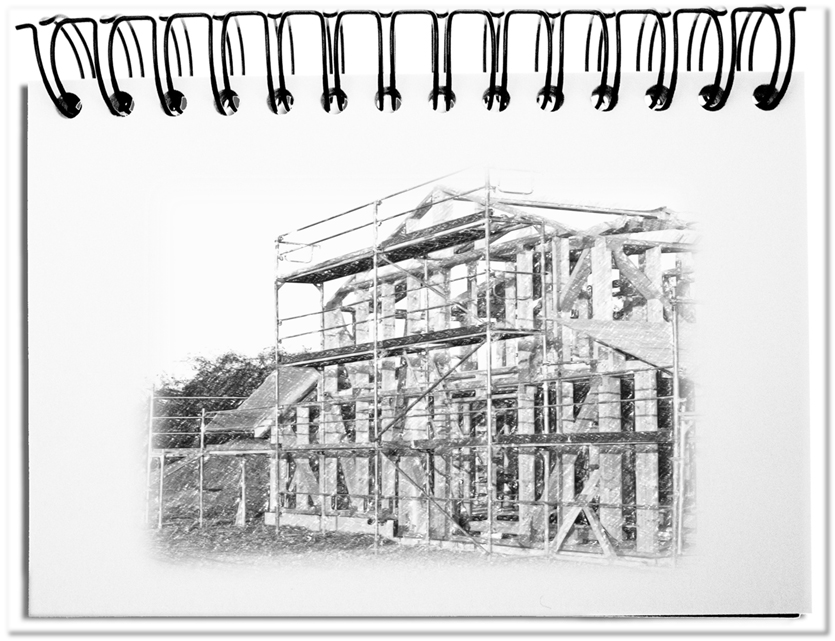The best offer is the package that supplies the customer with the best result. Afterwards, even the latest knows what this is. The difficulty is the blur of the potential customer needs and the first proposals of the bidder. In the early phases of the contact both parties don’t know each other sufficiently. Therefore it is important to bring the ideas into a form that makes the selection easy for the customer. Does the customer get what one has or what he wants?
For all offerers it is crucial to accept that there is no other objectivity in dealing with the customers but their subjectivity. For this reason the components of the offer should be peryouficated. The following items help.
- Put off the eyeglasses!
In the first step it is important to let go the own filters that obstruct the neutral look at the customers. The colored eyeglasses affect not only the contrast between the aspects, but extract certain colors. Your own experience, knowledge and hypothesis manipulate the same way, what you notice with a customer and its topics. Unfortunately you cannot escape completely from your own mental models, since you only understand what you already know. Examples are the terms that are available to you and always need the context, in order to have the chance of being understood: Realization, groundwork, values, measures, effluvium/affluvium, mesmerization as well as any other terms. Therefore, always put off the eyeglasses! - Put on the eyeglasses!
In the second step you focus on understanding the customer. Without your own bias you recognize your counterpart more easily. You observe the nonverbal messages of the body language and empathize. At this moment it is not only a matter of answering but also of experiencing the said, including the corresponding feelings (e.g. faster breath or heart beat in difficult situations). You recognize thereby, where the customers see their benefit. These are at first sight rather functional advantages. However, often these are more emotional advantages. The value of a service appears after you consider the required sacrifices of the customer. This is mostly not the price of the deliverable, but the accompanying expenditures for the realization, like necessary, internal means and employees. Thus a clear picture arises within shortest time. If you take over the acquired hue of the customer, you see from then on the topic with his eyes. Therefore, put on the eyeglasses! - Peryouficating
In the third step it is a matter of translating your offer in such a way to the customer that he can assess it from his own view and hopefully will make the right choice. The appropriate word selection can be derived from the usual formulations. This step we simply call peryoufication (derived from per you = through the counterpart and fication = make). For this purpose you do not describe what you as an offerer know, have and are able to do, but what the customer learns, gets and will be able to do. Let’s look at the following two examples of proposals.
<1) Our specialists analyze the situation, develop alternative solutions and provide professional business models. We master the newest methods, know all legal conditions and future challenges.>
Peryouficated could look like this one.
<2) You receive a clear assessment of your starting position and a selection from meaningful options, in order to make your business fit for the pending tasks. You learn effective procedures, fulfill reliably the legal requirements and you sustainably successful.>
With whom would you rather collaborate?
Even if the examples seem to be both and simple at first sight, sooner or later you recognize the difference. In the real world further aspects are added, like e.g. the appropriate word choice, the personal behavior, and the dressing. In any case it is better to focus on the view of the customers, than on yourself.
Bottom line: Regardless of your field of expertise it is favorable to consider and formulate the tasks from the perspective of the customer. This will makes it easier for the customer to understand and valuate an offer and to decide for it. PERYOU the customer gets what he wants.


